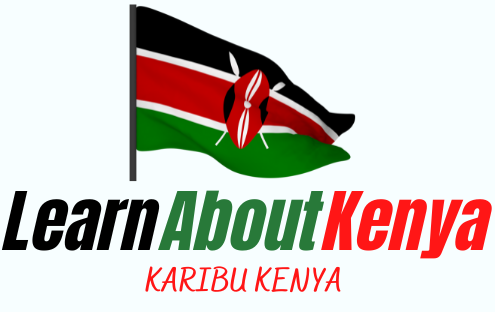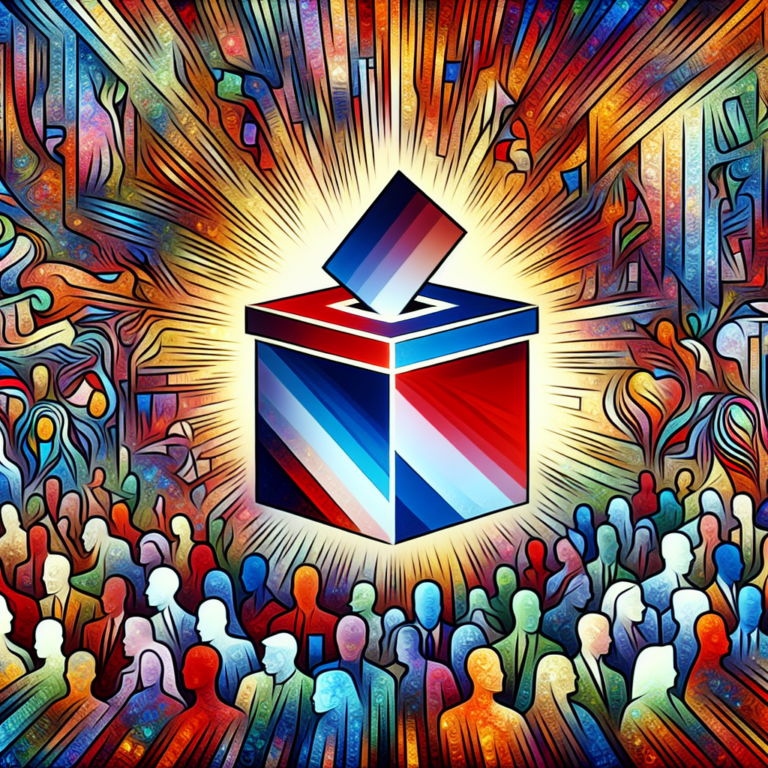What Is The Primary Mode Of Communication In Kenya?
In Kenya, the primary mode of communication that permeates every corner of the country is Swahili. As the official language, Swahili serves as the glue that unites the diverse population of Kenya, fostering a sense of unity and understanding. Whether you’re conversing with a shopkeeper in Nairobi or engaging in a lively conversation with locals in a small rural village, you’ll find that the warmth and friendliness of the Kenyan people are expressed effortlessly through the beauty of Swahili. By embracing this vibrant language, Kenya has created an inclusive environment where communication transcends cultural boundaries and enables meaningful connections.
Primary Modes of Communication in Kenya
Introduction
In Kenya, communication plays a vital role in connecting individuals and communities. With a diverse cultural landscape and a population of over 50 million people, Kenya has a rich heritage of traditional modes of communication. However, with the advancements in technology, modern modes of communication have also become increasingly prevalent. In this article, we will explore the primary modes of communication in Kenya, both traditional and modern, and discuss the challenges and future prospects of communication in this dynamic country.
Traditional Modes of Communication
-
Oral Tradition One of the oldest and most important modes of communication in Kenya is the oral tradition. Through storytelling, folktales, and proverbs, communities pass down their customs, history, and cultural values from one generation to another. The oral tradition not only serves as a means of disseminating knowledge but also strengthens social bonds and fosters a sense of belonging within the community.
-
Drum Communication Drum communication, also known as “drum telegraphy,” is another traditional mode of communication that has been used for centuries in Kenya. By playing different rhythms and patterns on drums, communities can convey messages across long distances. These drum beats serve as a form of code, where specific rhythms represent different words or phrases. This mode of communication is still practiced in some remote areas of Kenya, preserving a unique aspect of the country’s cultural heritage.
-
Sign Language Sign language is widely used by the deaf community in Kenya as their primary mode of communication. Kenyan Sign Language (KSL) is an indigenous sign language developed by and for the deaf population in the country. It allows individuals to express themselves, engage in conversations, and participate in various aspects of society. Sign language interpreters also play a crucial role in bridging communication gaps between the deaf community and the hearing world, enabling effective communication in various settings.
Modern Modes of Communication
-
Mobile Phones In recent years, mobile phones have become the primary mode of communication for many Kenyans. The widespread availability of affordable feature phones and the rapid growth of mobile network coverage have revolutionized communication in the country. Mobile phones allow individuals to make calls, send text messages, and access various services such as mobile banking and e-commerce. Additionally, the introduction of smartphones has opened up a world of possibilities, with internet access and social media becoming integral parts of daily communication for many Kenyans.
-
Internet and Social Media The internet has profoundly impacted communication in Kenya, connecting people across the country and the world. With the increasing accessibility of the internet through mobile devices, more Kenyans are getting online and engaging in various online platforms. Social media platforms such as Facebook, Twitter, and Instagram have gained popularity and have become powerful tools for communication, information sharing, and social interaction. They have also provided a platform for Kenyans to voice their opinions, advocate for social change, and connect with like-minded individuals.
-
Radio and Television Radio and television continue to be significant modes of communication in Kenya, reaching both urban and rural populations. Radio stations provide news, entertainment, and educational programs, making them an important source of information and a means of staying connected with current affairs. Television channels offer a wide range of content, including news, documentaries, dramas, and sports, catering to diverse interests and preferences. Both radio and television play a vital role in disseminating information and shaping public opinion in Kenya.
-
Postal Services Although traditional forms of communication like letters may seem outdated in the digital age, postal services still play a role in communication in Kenya. Postal services provide an essential means for sending and receiving physical mail, packages, and important documents within and outside the country. While electronic communication has largely replaced traditional mail, postal services continue to serve as an alternate mode of communication, especially in rural areas where internet access may be limited.
-
Telecommunication Companies Telecommunication companies play a pivotal role in connecting Kenyans through landline and mobile phone networks. Companies such as Safaricom, Airtel, and Telkom provide voice and data services to millions of Kenyans. Through their extensive network infrastructure and technological advancements, these companies ensure that Kenyans have access to reliable communication services, even in remote areas. Telecommunication companies also contribute to the economy and job creation, making them significant players in the communication landscape of Kenya.
Challenges and Future Prospects
While Kenya has made significant progress in terms of communication, there are still challenges that need to be addressed. One of the main challenges is the digital divide, with disparities in internet access between urban and rural areas. Efforts are being made to bridge this gap through initiatives such as the National Optic Fiber Backbone Infrastructure (NOFBI) project, which aims to provide broadband connectivity to underserved regions. Additionally, issues of affordability, digital literacy, and network coverage need to be overcome to ensure that all Kenyans can fully participate in the digital age.
Looking ahead, the future of communication in Kenya holds immense potential. As technology continues to advance, it is expected that access to affordable internet will continue to increase, enabling more Kenyans to connect with the world and access valuable information. The rise of mobile money services, such as M-Pesa, has already demonstrated the transformative power of technology in Kenya, revolutionizing financial transactions and empowering individuals and businesses. With a young and vibrant population embracing digital innovation, Kenya is poised to be at the forefront of communication developments in Africa.
Conclusion
In conclusion, the primary modes of communication in Kenya encompass both the rich traditional heritage and the rapidly evolving modern technologies. The oral tradition, drum communication, and sign language represent the cultural roots of communication, connecting communities and preserving cultural identity. On the other hand, mobile phones, internet and social media, radio and television, postal services, and telecommunication companies constitute the modern modes of communication that have transformed the way Kenyans connect and interact with one another.
As Kenya continues to navigate the challenges and embrace the opportunities of the digital age, it is important to ensure that communication remains inclusive, accessible, and meaningful for all. By leveraging the power of technology and nurturing the diverse heritage of traditional modes of communication, Kenya can build a future where communication truly brings people together and contributes to the socio-economic development of the country.






